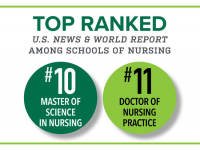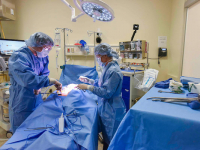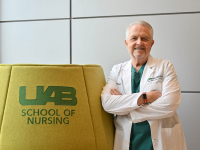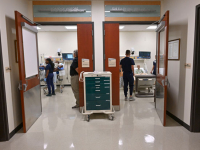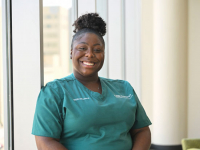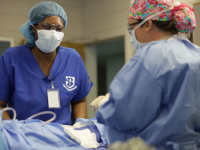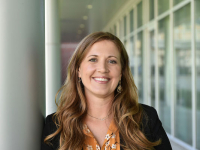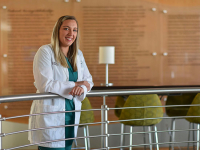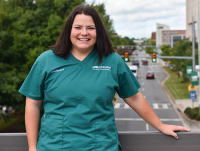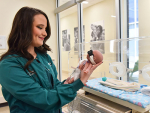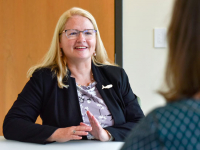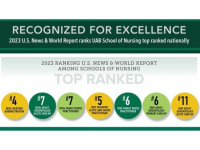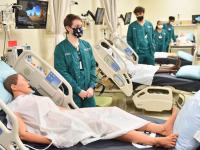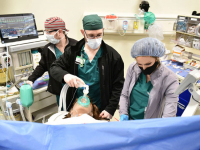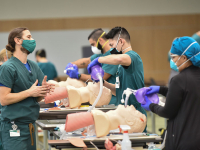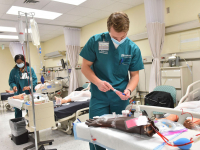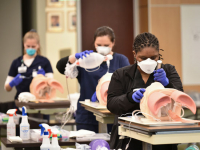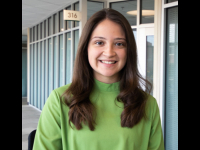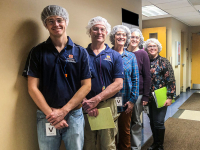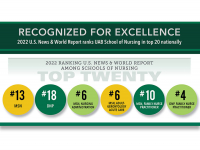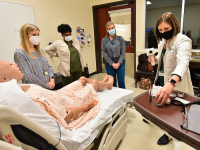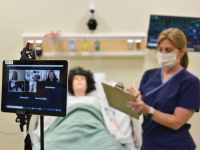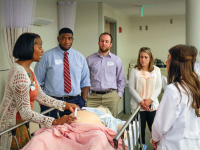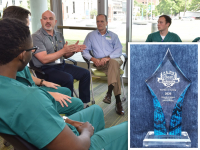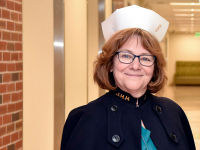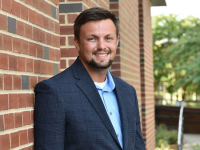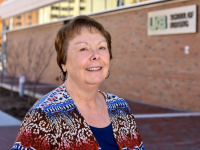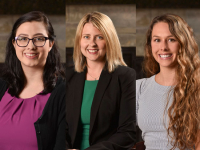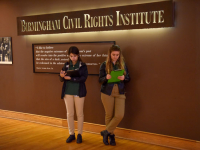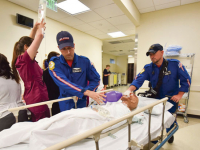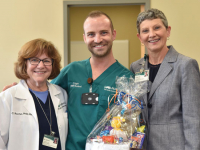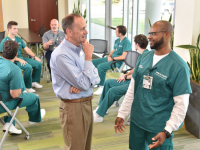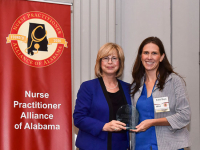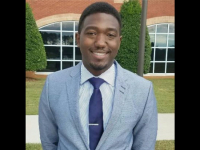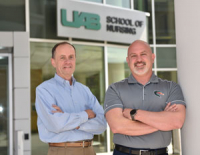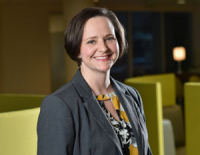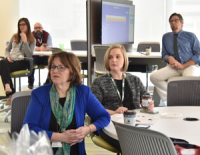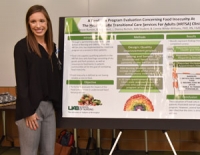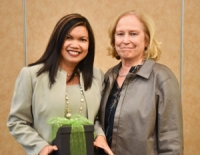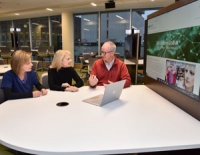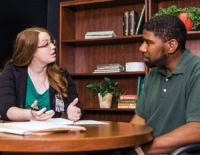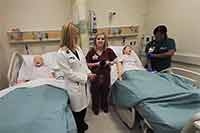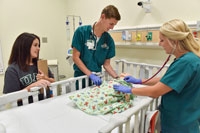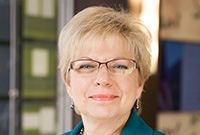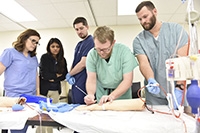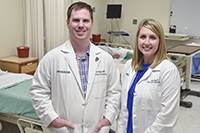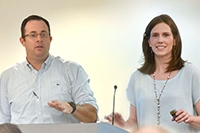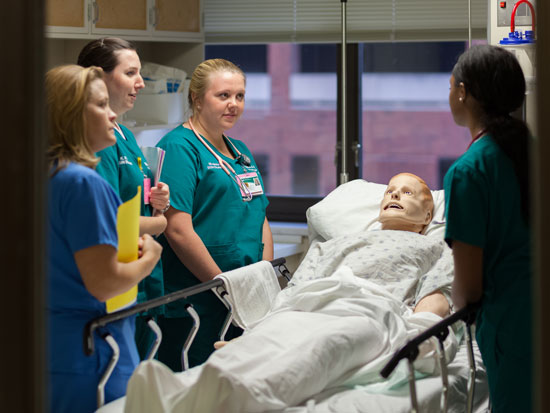
UAB School of Nursing Professor and Chair Jacqueline Moss, PhD, RN, FAAN, said that in addition to poor communication, differences in training and priorities and the differing perspectives between nurses, physicians and other health care professionals can jeopardize patient safety.
The problem, Moss said, is that health care professionals from different disciplines almost never work together until after they arrive on the job.
“At that time, they know very little about what each of the other professions brings to the table, what their skills are, and what their body of knowledge is,” she said. “When you work as a team to take care of patients, particularly very ill patients, that’s not the time to be learning on the job what the nurses on the team are supposed to be doing.”
“The field of simulation has been building over the past two decades and really gained momentum over the past five to 10 years,” said Hughes Evans, MD, PhD, Associate Dean for Medical Education in the UAB School of Medicine. “People increasingly recognize it’s a wonderful tool for building teamwork and that quality health care is reflected in how well the team works together to provide care for patients.”
At UAB, the training is supported through the Office of Interprofessional Simulation for Innovative Clinical Practice. Established in 2011, the Office is a joint venture between the Health System, School of Nursing, School of Medicine, School of Health Professions and other professional schools to provide the resources needed to organize collaborative simulation experiences for their students.
Selwyn Vickers, MD, Dean of the School of Medicine said, “Interprofessional education is a critical component of medical and nursing student education, and professional development.”
The simulations are held in labs made to look like real emergency and hospital rooms, and intensive care units. Often, patients are medium- and high-fidelity computerized mannequins, said Penni Watts, MSN, RN, Director of Clinical Simulation and Training in the School of Nursing.
“The [mannequins] have breath, heart and bowel sounds, have pulses, and their chests can rise and fall, all of which are controlled by faculty via computer,” Watts said.
From the nearby control room, faculty members can even become the voice of the mannequins to react to the treatments or describe symptoms to the students. The students work together as they would in a real clinical setting, checking patients’ vital signs, administering medications and treatments, posing questions to patients and discussing the cases with each other. They also discuss and practice scenarios, including disclosing medical errors, giving bad news and end-of-life care. The simulations are often built upon faculty members’ clinical experiences and expertise. In addition to nursing and medical students, simulation participants have included nurse anesthesia, physician assistant, respiratory therapy and social work students.
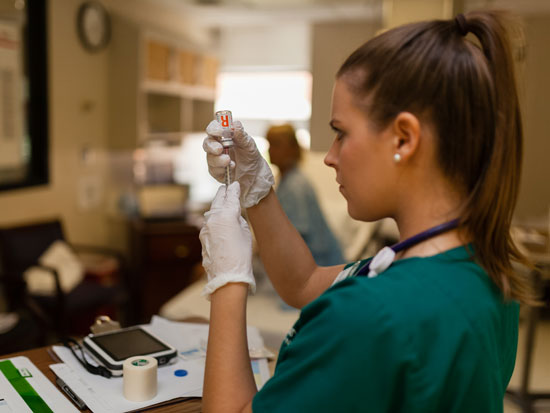
Often nursing students participate in interprofessional simulations as part of their clinical and skills classes throughout their entire curriculum. More than 150 clinical simulations are planned for each pre-licensure nursing student in the 2014-2015 academic year.
“Learning how to work on a team where you learn to speak up and you’re empowered to be a patient advocate leads to better decision-making and ultimately better patient care,” Watts said.
Simulations prepare nursing students and others for practice, Moss said, and help them understand the roles, capabilities and responsibilities of other medical professionals, all integral to effective team performance, and high-quality, safe care.
“Simulation gives them the opportunity to be leaders, to step up, to make decisions and mistakes while continuing to learn without dire consequences,” she added.
After each simulation, students gather for debriefings, said Marjorie Lee White, MD, Associate Professor of Pediatrics, and Interim Co-Director of the Office of Interprofessional Simulation for Innovative Clinical Practice.
“Putting them together in a simulated setting is the absolute best laboratory for figuring out why things go wrong when we’re actually taking care of patients,” said White, who is also Director of Medical Student Simulation in the School of Medicine.
The majority of the interprofessional simulations take place in UAB Hospital’s Center for Patient Safety and Advanced Medical Simulation. Construction is now underway in Volker Hall to create more space for interprofessional simulations.
Chad Epps, MD, also Interim Co-Director of the Office of Interprofessional Simulation for Innovative Clinical Practice and Associate Professor in the School of Health Professions, said while interest in interprofessional simulation is gaining popularity nationwide, UAB’s initiative stands out for the variety of mock simulations it offers, including a long-shift simulation of an ICU experience.
“We’re also unique in just the sheer number of students who participate,” Epps said. “If you look at other institutions that are doing interprofessional simulations, they tend to have fewer nursing and medical school participants, so the logistics of getting that many people in a room, while having a limited number of simulation trained faculty, is something we do quite well.”
Ultimately, Moss said, interprofessional simulation training at UAB is developing nurses who will be better able to help prevent medical errors, improving quality and patient safety. “They will be better prepared for the clinical area, better prepared to communicate with other team members in the clinical area, and better prepared to advocate and care for their patients,” she said.


